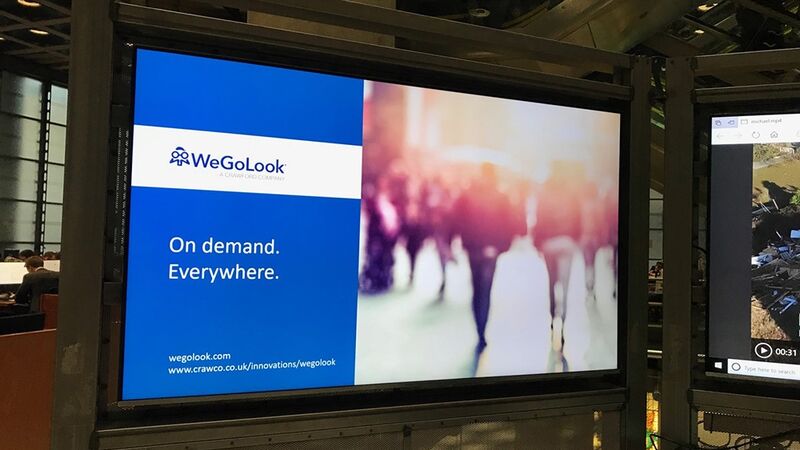The emergence of the gig economy has been one of the most significant developments affecting the global workforce in recent years. While there are no precise figures on the overall size of this group of independent workers, most estimates put the worldwide figure at well over 100 million and growing.
The on-demand workforce has been tapped by numerous business sectors keen to capitalize on its expansive labour for short-term projects and contracts. The insurance industry has been somewhat slower to define a role for this flexible marketplace, yet forward-thinking companies are now starting to recognize its potential on a number of fronts.
At a recent Lloyd’s Innovation Showcase powered by the Lloyd’s Lab (a new installation in the underwriting room at Lloyd’s designed to help profile innovation across the insurance market), Crawford took the opportunity to demonstrate how it has looked to define a clear role for the gig economy in the risk management and claims processing cycle.
Our acquisition of WeGoLook at the start of 2017 was a major part of this. It was driven by our Crawford Innovative Ventures team which had long monitored the growing power of this independent workforce but had been trying to ascertain the best way to funnel it into the risk and claims management arena.
WeGoLook has quickly become a central component of our claims assessment processes. With a workforce of 45,000 Lookers including 1,500 people in the UK and an expanding international footprint, WeGoLook is able to help verify damage following losses, establish reserves and settle claims quickly, allowing our adjusters to assess on-site data without leaving their desks.
Having access to Lookers 24/7 also greatly enhances our speed to scene after a claim. We are able to quickly and affordably send one of our Lookers to gather and validate information anytime, anywhere.
But WeGoLook isn’t simply about having more people on the ground. It’s also about capitalising on technology to fully exploit the benefits of the gig economy. From the technology used to capture incident data, to the platform that dynamically matches the Looker best-suited to handle an order, to Crawford's TruLook which generates damage assessments, to the YouGoLook self-service app — it’s technology that helps open up what is possible.
As an industry, we must all be looking at how we can benefit from the increasingly liquid workforce that the gig economy provides. We must explore with greater vigor how we can channel it effectively into our processes to gain efficiencies, reduce costs and ultimately deliver better, more immediate service to our clients.











